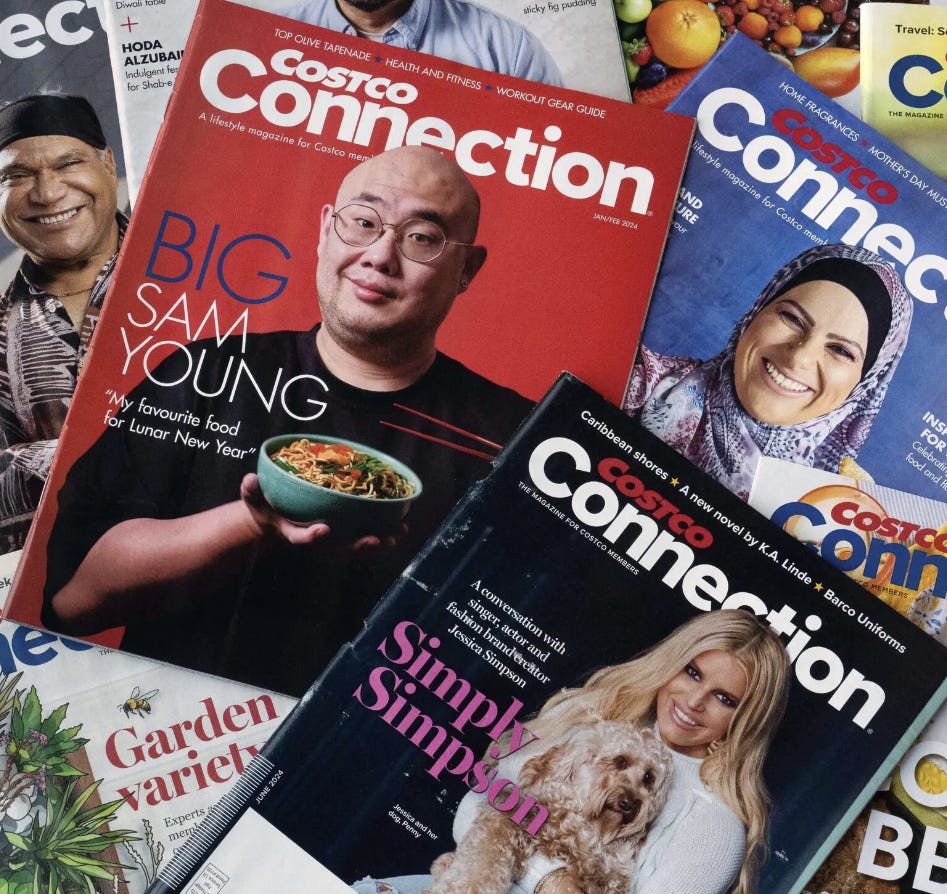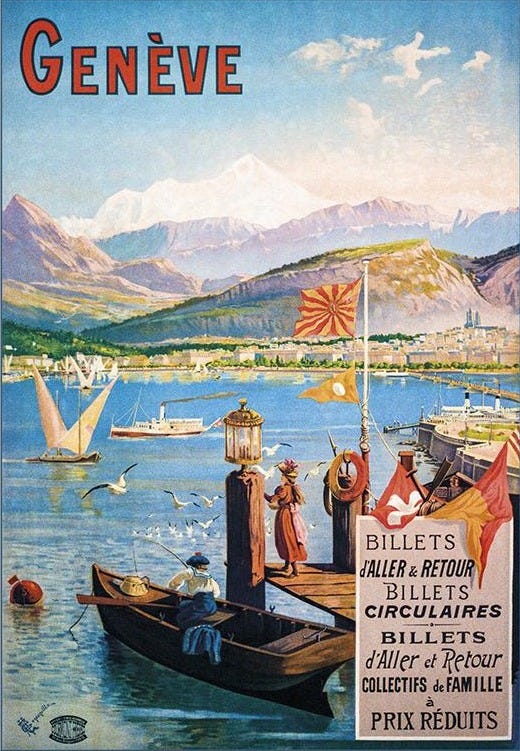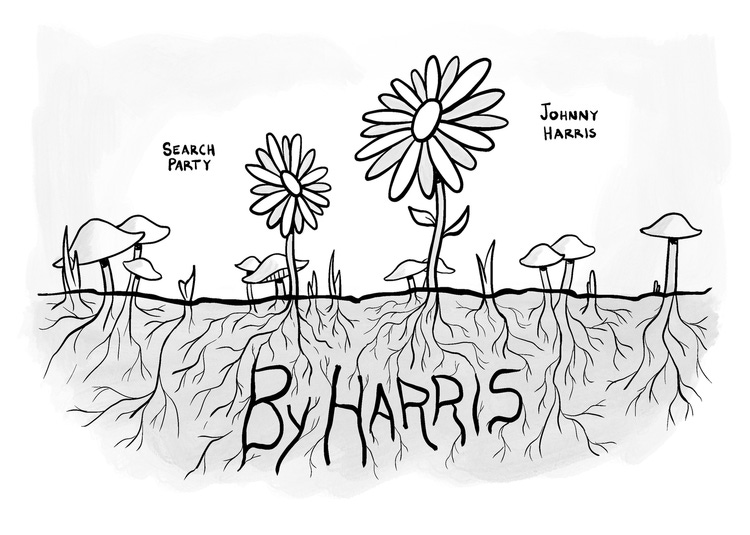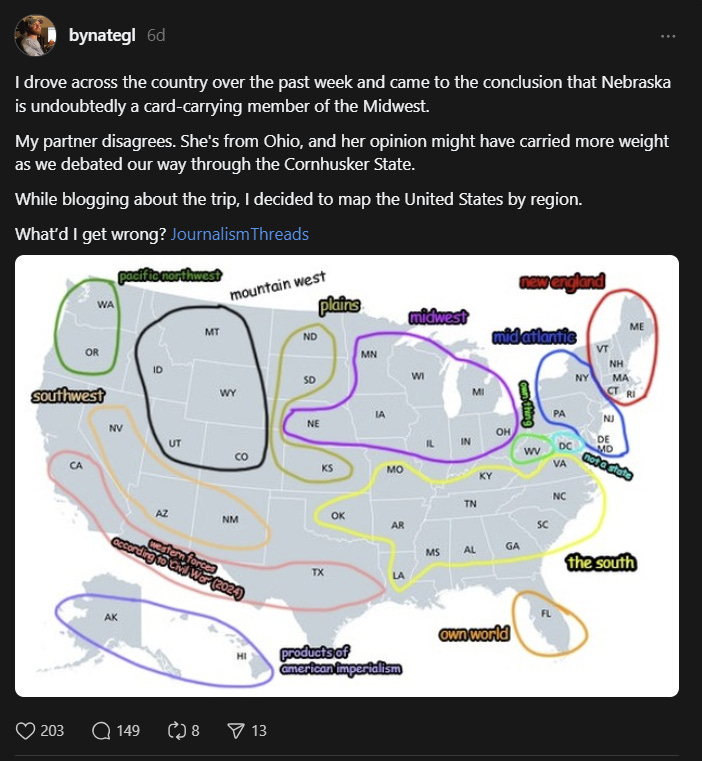A Hot Wind Blows 🌬️
Ten weeks, ten blogs
In the words of DJ Drama:
Ladies and gentlemen
We just landed in Geneva
Yeah, that's in Switzerland
We on a yacht
A young lady just fed me French vanilla ice cream
We all got our toes out, too
Call me when you get lost
Some of these statements may or may not hold up to rigorous fact-checking.
Anyway, I’m spending the next two weeks playing Robin to Vicky’s Batman as she moves into her new home in Geneva and starts her new life as a Space Technology Specialist.*
On my end, I’ll be working at some downright-weird times—Geneva is nine hours ahead of Los Angeles—but I’m generally looking forward to spending some mornings exploring the city, dusting off my French, and holing up in some cafés.
One final note: This blog marks a special milestone! More on that down below (along with my first poll).
— NGL
P.S. Last blog, I wrote about spontaneous fun, my super scientific regional map of the U.S., and why I left Los Angeles. If you missed it, check it out here.
I think too much “raw copy” is a blessing and a curse. There was a lot of noise about O.G. creator economy journalist Taylor Lorenz leaving The Washington Post to go full-time on her new Substack publication, User Mag.
She’s said the jump was a long time coming; some reporting implies otherwise. For the purposes of this essay, however, I’ll focus less on the reasons for her departure and more on what her decision says about the state of creative work.
To zoom out for a second, I want to state the obvious: The traditional-journalist-to-Substack-creator floodgates opened a long time before User Mag came into focus. Matt Yglesias, Bari Weiss, and Mehdi Hasan are all examples of media veterans who launched Substack-based outlets that now generate seven-to-eight figures a year.
You may not have heard of Yglesias, Weiss, and Hasan—or even Lorenz. But that’s kind of the point. Platforms like Substack are intended to help creative people focus on serving their specific audience and their specific audience alone, keeping production costs down while capitalizing on the Internet’s ability to support an infinite crop of never-ending niches.
Still, this brain drain from established newsrooms comes with a tradeoff, as New Yorker staff writer Kyle Chayka observed when covering Lorenz’ pivot:
“The rise of solo journalism has had a way of unveiling what journalists call ‘raw copy’: the unedited, often sloppy first drafts of pieces which in the traditional media industry never see the light of day.
An independent writer may seem more trustworthy to readers when what she writes is untouched by an institution’s editorial process. But untouched sometimes also means underdeveloped.”
As a friend once told me, not every creative person wants to be an entrepreneur. Many want to focus solely on improving their craft, and a traditional editorial structure is where they believe they can reach their potential—receiving consistent constructive criticism while not having to worry about purchasing their own healthcare. Plus, I agree with Chayka’s implication that the Substack boom is bringing a tidal wave of “raw copy” (his polite way of saying “shit”) with it.
At the same time, one rebuttal I have is to push back on the notion that there’s a “right” process to do this line of work—that there’s only one way to skin the creative cat, and that there’s no room for personal growth outside of institutions. Sure, a four-hundred-word Associated Press report that requires a quick turnaround and a certain style is a different beast than a short film; I get that not all forms of journalism specifically should be considered “creative” (and might require rigorous fact-checking).
Yet I’ve learned so much just by doing over the years, and I feel that what’s always inspired me the most—from the introspective, idiosyncratic HBO series How To with Jon Wilson to Rembert Browne’s Colin Kaepernick profile from 2017—always comes from a place of rawness. It’s how the strongest new voices emerge, and innovative forms of storytelling are hatched.**
To expand on this…
…I think there’s a “raw copy” middle ground—finding a “creative brain trust” of sorts. Independent writers, filmmakers, artists, and creators of all shapes and sizes have exciting roads ahead of them these days, filled with limitless possibilities.
With that comes a daunting task. Quantitative metrics be damned—how do you know if you’re improving when you have no one to talk with about your work?
I discussed this with a friend last week. He recently went full-time on his YouTube channel after growing it on the side for the last couple of years. I told him that when I was building Powder Blue, I never really struggled with the isolating nature of creative work. Rather, it was more the loneliness of having to make every decision, all of the time. Before you even head down into the trenches, it’s much easier to feel confident in a big swing when there’s others lending an ear and chiming in with their input.
This dynamic reminded me of a conversation I hosted with Johnny Harris, a former Vox and New York Times video journalist. Johnny’s had a lot of success with his own YouTube channel, and he’s currently focused on spreading the byHarris model. His collective of independent journalists supports each other both business-wise (they command higher advertising rates by packaging their work together) and creatively (they regularly check in and offer editorial feedback for each other’s channels).
While forming this kind of brain trust is easier said than done, Johnny is onto something here, keeping the spirit of independent exploration alive while offering checks and balances that ensure members don’t succumb to shipping first drafts.
I think Costco’s print magazine gets THREE BOOMS! 💥💥💥*** I chuckled my way through this NYT piece about the Costco Connection, which is now the nation’s third largest magazine—boasting a circulation of nearly sixteen million copies every month.
A devout number of Costco patrons pay for the retailer’s “executive” membership (which is double the $65 annual base fee) so that they can receive the Connection (along with other perks). Access isn’t a struggle for “the merriest band of magazine makers in America,” either, as everyone from Oprah to Tom Hanks to Bruce Springsteen have graced the cover over the years.

The reason to say yes is pretty straightforward to most celebrities: One-third of all Americans shop at Costco. What better way to connect with the “everyday” person than appearing on the retailer’s shelves? Or, in the case of Jimmy Kimmel, some celebrities are just superfans themselves:
“I go [to Costco] for relaxation,” Kimmel said, describing the deep happiness he experiences when he comes home with 20 pounds of ground beef.
“A lot of people want to be on the cover of Vogue or Rolling Stone…for me, it’s The Costco Connection.”
Still not getting why this juggernaut is a runaway success? Here’s some quick stats:
Connection readers have an average household income of $179,000
92.6 percent of them own a home
Over 94 percent of Connection readers report having confidence in the magazine’s content
Finally coming around? Here’s the concluding argument made by the NYT:
Freed from the pressures of the algorithm, Costco Connection’s benchmarks of success are a throwback to an earlier media age. There is the fleeting high of going viral, and then there is the flexed power of landing in the mailboxes of one in 20 Americans who could unsubscribe with a few simple clicks, but choose not to.
If Costco often produces a kind of religious fervor among its shoppers, the Connection is its Scripture.
I remember a conversation I had with the dean of my journalism school in 2019 about what he labeled the “swinging pendulum” of media business models. Today, media makers might say advertising is the only true way to support a business; five years from now, the smartest people in the room will preach the subscription gospel; and so the pendulum swings, back-and-forth for eternity.
But maybe the answer to breaking this vicious Sisyphean cycle has been sitting in front of our faces all along. In order to unlock true consumer loyalty, we just need to bundle our little words, videos, and designs alongside inflation-proof glizzies.
I think I'm gonna have “HOT ONE BLOWS” stuck in my head for the next two months. And I'm okay with that, even if Vicky is already rolling her eyes every time I blurt out “Ladies and gentlemen! We just landed in Geneva!” at increasingly random points throughout the day.
There's a nonzero chance that you'll hear the bars “You see these excursions right here? / Just too lavish to post on the 'Gram” pop up in the background of my next YouTube upload—whenever that is, and whatever it's about.
I think this is my tenth blog across as many Sundays. Something I’ve always respected about the Publish Press is that the team prides itself on never missing a send since the newsletter’s inception in 2021.
I wouldn’t describe myself as an inconsistent creative prior to taking a job with Publish—I just prioritized different things. With my most recent outing, Creator Mag, my goal was to write at least two profile pieces and several essays a quarter. The less frequent cadence didn't belie the fact that I was working incredibly hard on every story, even if—in today's content-laden landscape—it's sometimes easy to feel drowned out when one only pops up to remind audiences that they exist four times a year.
Contributing to something that goes out three times a week over a two-year span, though, teaches you a lot about the importance of consistency, when taking a mulligan is simply not an option. That's why I'm proud to reach ten of these blogs over as many weeks****—keeping myself accountable, all while I've continued to write for Publish.
Showing up—in your inbox, as well as for myself—is half the battle, and I'm excited to see what this space continues to evolve into.
I tweeted (threaded?) my Microsoft Paint regional map of the U.S. last week. I wasn’t expecting much in the way of feedback, but some of the one hundred and forty-nine replies I did receive were pure comedy.
You can read through some of them on Threads if it tickles your fancy. Nevertheless, I knew I had to include this gem from my guy @al_duano:
“It’s really bad, actually, but I think we all appreciate the effort” had me dying. The audacity!
Thanks for reading! And shoot me a reply or DM if anything resonated with you in particular—I respond to them all.
* She doesn’t really know what this entails yet, but hey, some things are best figured out as you go!
** I know I’ve referenced Tyler, the Creator way too much in this blog, but his arc is a perfect encapsulation of what I’m getting at here. I’d love to live in a world where more kids like Tyler have the space to evolve from raw weirdos posting themselves eating cockroaches on YouTube into full-fledged creative visionaries.
*** I decided not to go in-depth here explaining the Costco Guys lore. All I’ll say is that if you’re not terminally online and have no idea what I’m talking about, congratulations—you should keep it that way.
**** I missed one Sunday—I took the day I published Buildin’ off. I'll take it, though, when you throw in a move, cross-country drive, and flight to Switzerland during that same period.







